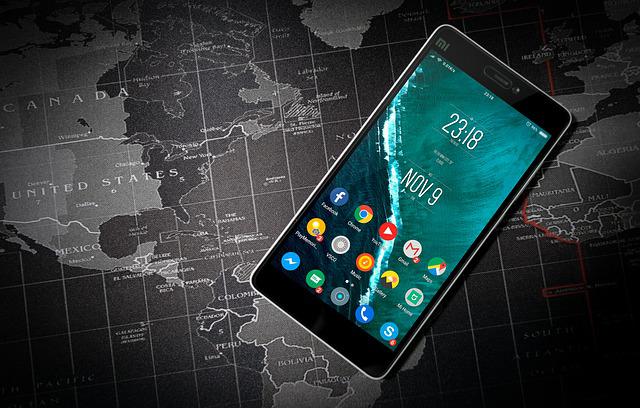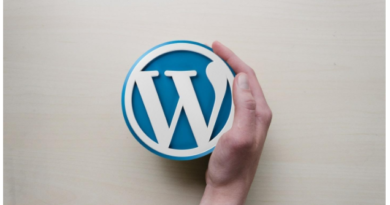7 tips to Save Mobile Traffic
If you use mobile internet a lot, it can be challenging to keep track of your traffic – especially if you frequent social networks with lots of pictures and videos. We’ve put together some tips from online essay writers to help you limit your traffic so that you don’t suddenly run out of internet and have to buy more gigabytes.
1. Track and limit your app traffic consumption
First, you need to understand what mobile traffic is spent on. The built-in capabilities of the system are enough to track it. Restrictions can be set for individual applications. For example, you can prohibit streaming programs with file streaming from using the mobile network and limit their work only via Wi-Fi.
On Android, you can check the traffic costs in the smartphone settings. The location may be different for different shells. You need to find the section “Mobile networks” or “Connectivity and sharing” and then the item “Data transfer.” Above the list, there is a setting for the period of collected statistics.
In iOS, go to “Settings” → “Cellular” and disable cellular data usage for programs that you rarely use without Wi-Fi. This could be, for example, YouTube or games that you run infrequently. For each app, detailed statistics on how active it is with traffic.
The iPhone also has a “Data Saving” feature. It restricts data transfer for currently closed programs, prohibits background app updates, and stops automatically downloading system updates and backups. In addition, this mode reduces the quality of content when streaming. Open “Cellular” → “Data settings” in the smartphone settings and activate this mode to minimize traffic consumption.

2. Turn off background auto-updating
Apps can update content in the background, which wastes a lot of bandwidth. After disabling automatic updates within the app, everything will be loaded slower, but there will be no more unnecessary costs.
On iOS, go to “Settings” → “Main” → “Content Update”. Deactivate what you don’t regularly need throughout the day. You can altogether disable mobile network updates. On Android, go to settings and select “Data transfer”. You can disable the background mode for each specific app.
Google Play and App Store can also consume traffic. Once installed, apps are automatically updated, resulting in high costs. Especially games consume a lot – extensive add-ons are released for them. You can turn off automatic component updates for the app stores or reconfigure it only for Wi-Fi.
There is also a section “Accounts and Synchronization” in the Android settings, where you can refuse to auto-sync data or activate “Synchronization only by Wi-Fi.”
3. Download data for apps over Wi-Fi
Some apps can work in offline mode. For example, for Google Maps, you should download data to the device’s memory and use it without connecting to the network. You can switch to downloading tracks only via Wi-Fi and listen to them from local storage in music apps.
It is better to synchronize photos and videos of high quality with cloud storage only via Wi-Fi on the iPhone. To do this, go to the settings of the Photos app and turn off the “Cellular data” and “Unlimited updates” options.
4. Disable mobile traffic
If you don’t plan to use the internet, you can turn off cellular data transfer. This way, no program or service can spend anything extra. The easiest way to do this is from the “Control Point” in the right-hand curtain on iOS and Android. Deactivate the mobile internet button.
5. Reduce video and audio quality
There may be a situation where you haven’t downloaded all the files you need via Wi-Fi, or the offline mode isn’t available at all. Then you can lower the quality of video and music playback. In most streaming applications, there are settings for this: Apple Music, Spotify, YouTube, and other similar programs. The quality of human speech suffers the least from the reduction, so the impression, for example, from podcasts and videos with interviews, will not deteriorate too much.
6. Adjust the use of traffic in messengers
In messengers, you can configure the storage of files in memory so that their download does not take unnecessary traffic. For example, on WhatsApp or Telegram, you can disable auto-play and auto-loading of media.
In WhatsApp you can also adjust the quality of photo uploads. In Telegram, you can set a specific limit on automatic downloads for any file type.
In WhatsApp, all manipulations are done through the menu “Settings” → “Data and storage”. In Telegram, you must find the ” Settings ” section → “Data and storage” section.
7. Turn off app notifications
Notifications actively consume mobile traffic, reduce battery power, and are distracting while you’re working. To disable them in iOS, go to “Settings” → “Notifications”. You need to select the desired application in the list and turn the toggle switches to the inactive position.
On Android, open “Settings” and go to “All apps” or “App manager”. Select the annoying apps and disable the notification display.
For essential apps, it might be dangerous to turn off notifications. You’ll have to double-check messengers or emails constantly. But if you’re low on traffic, this will save precious megabytes. But for rarely used programs, this method can be used safely.



